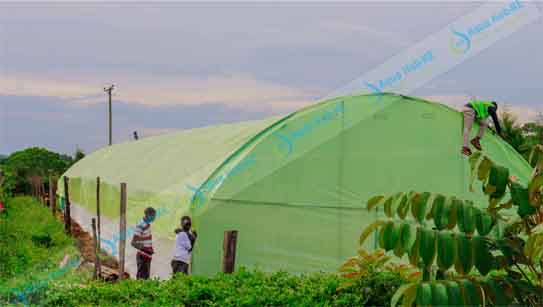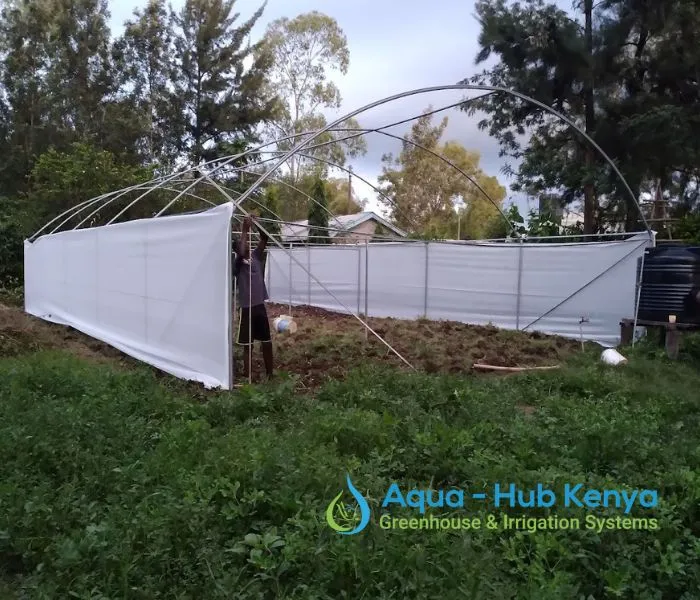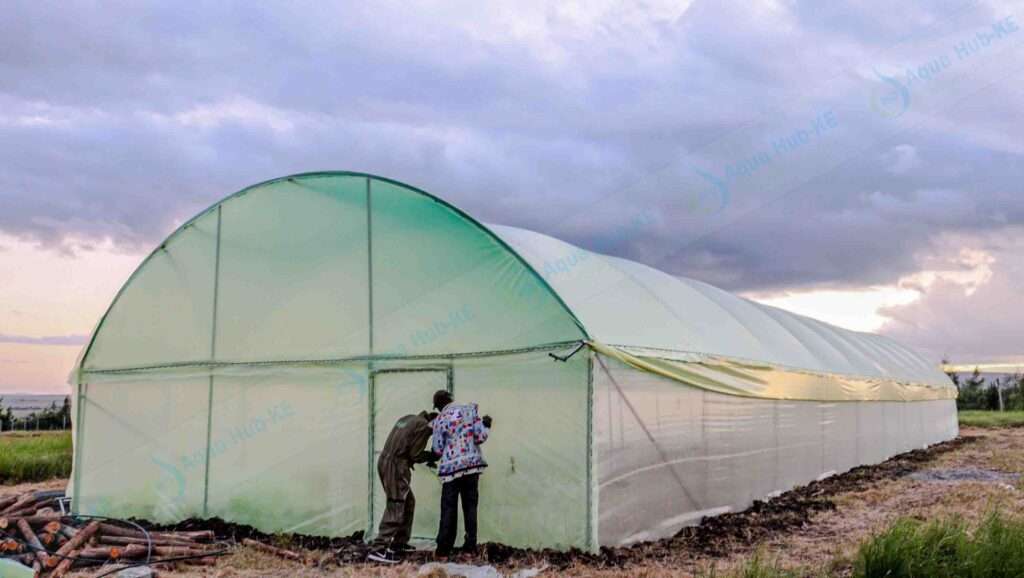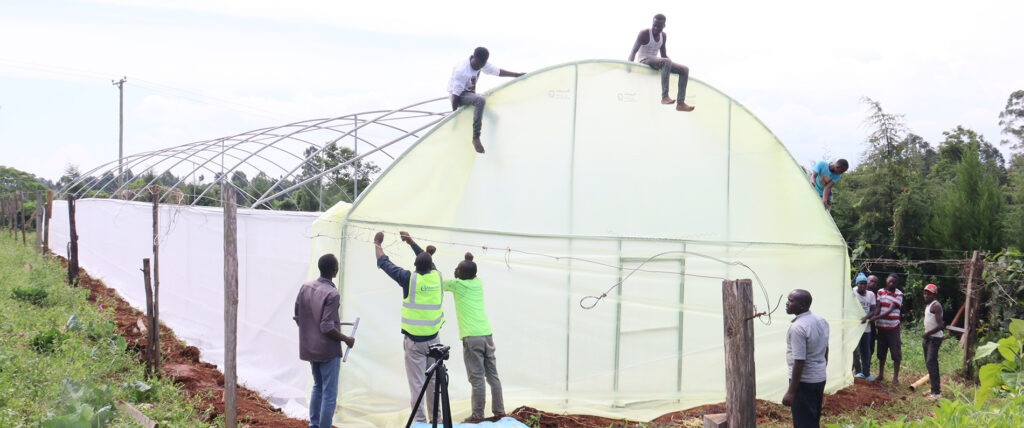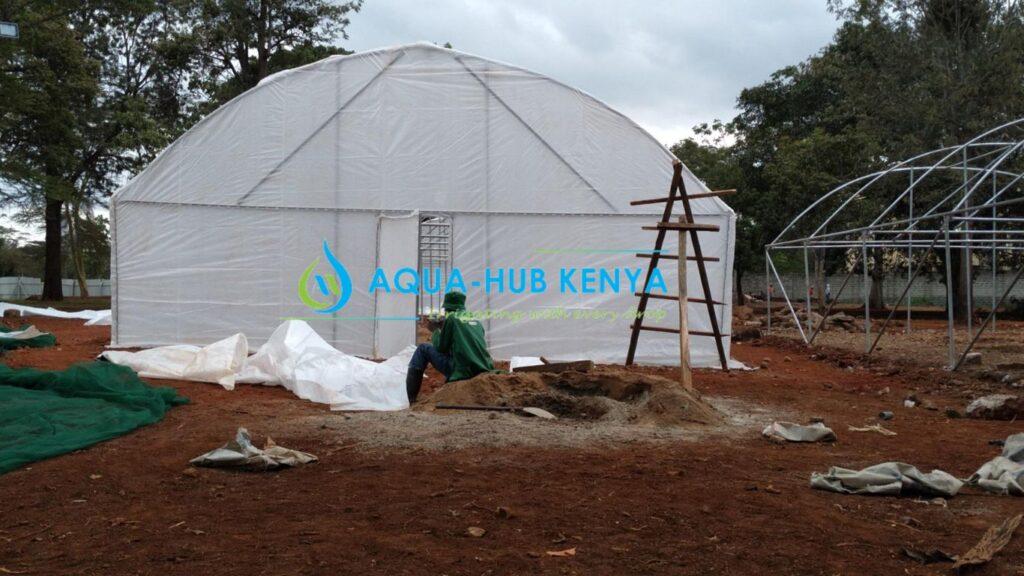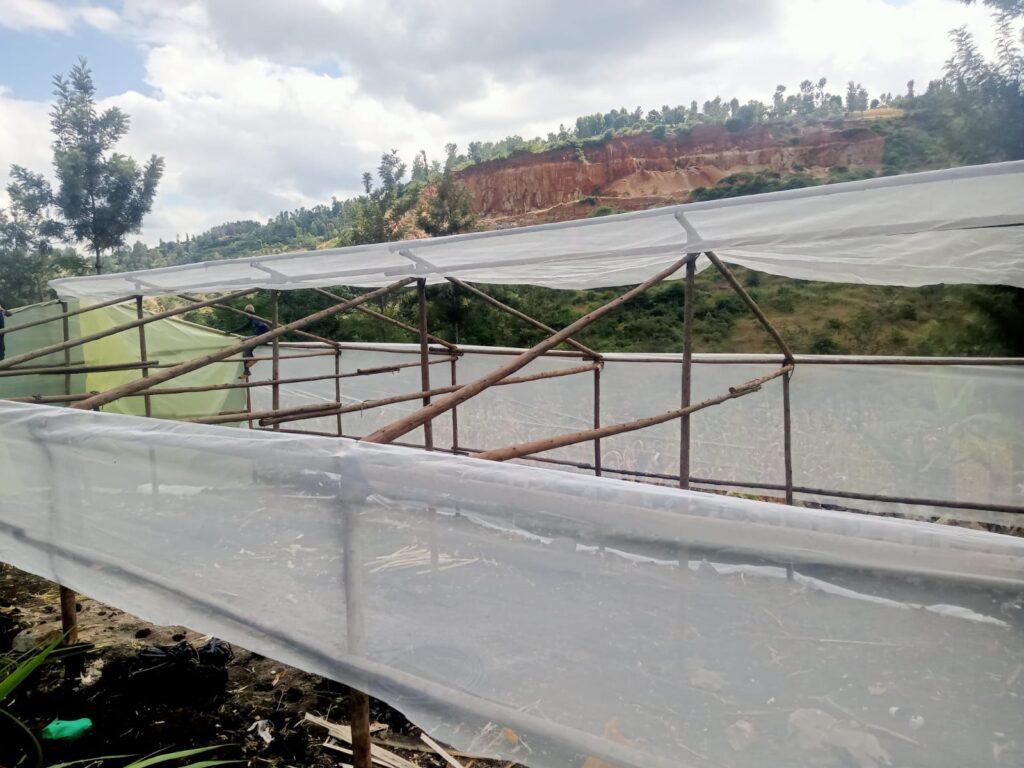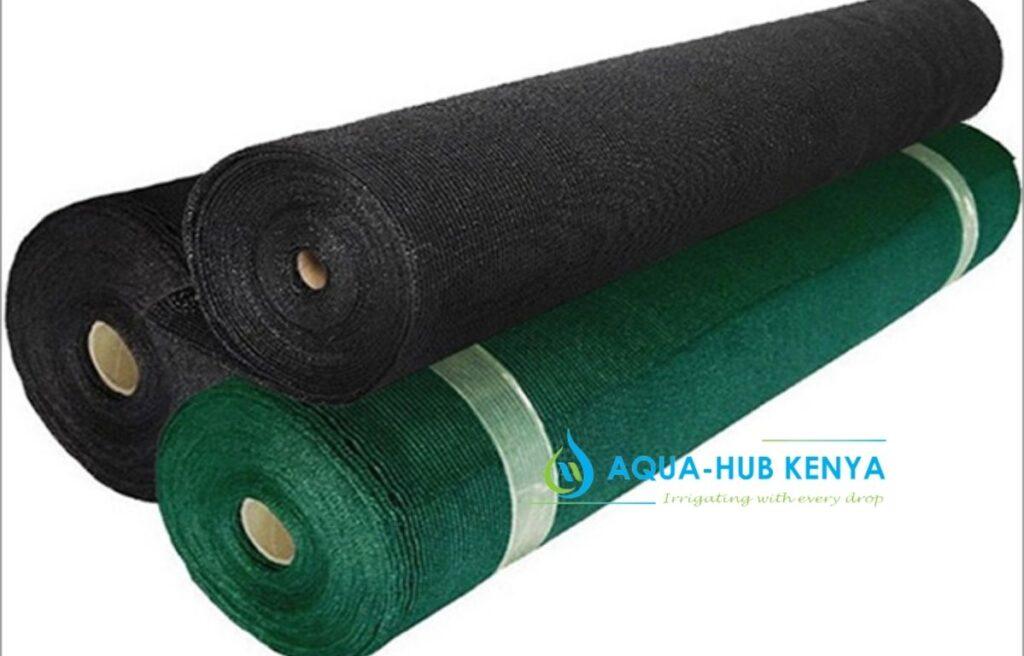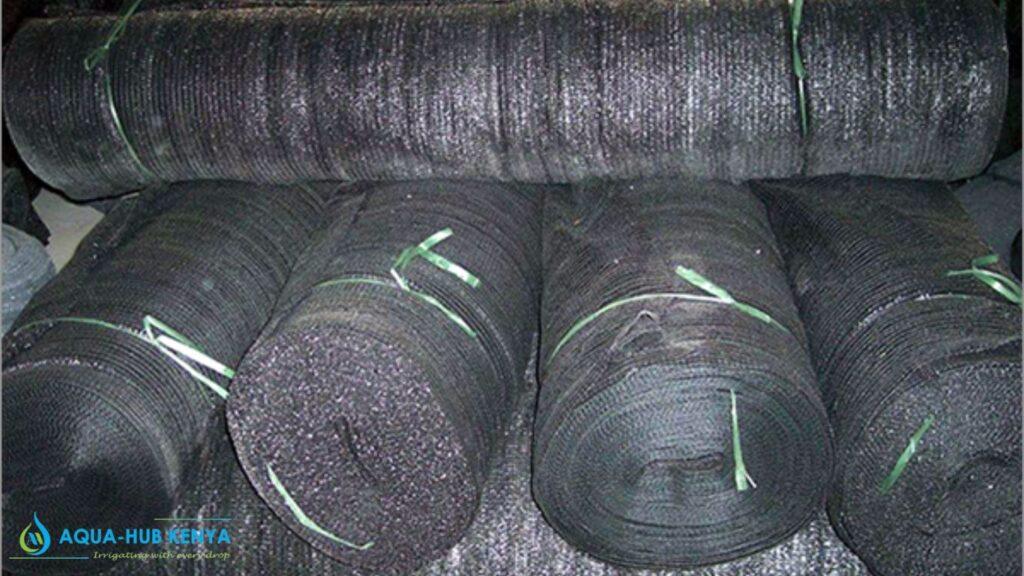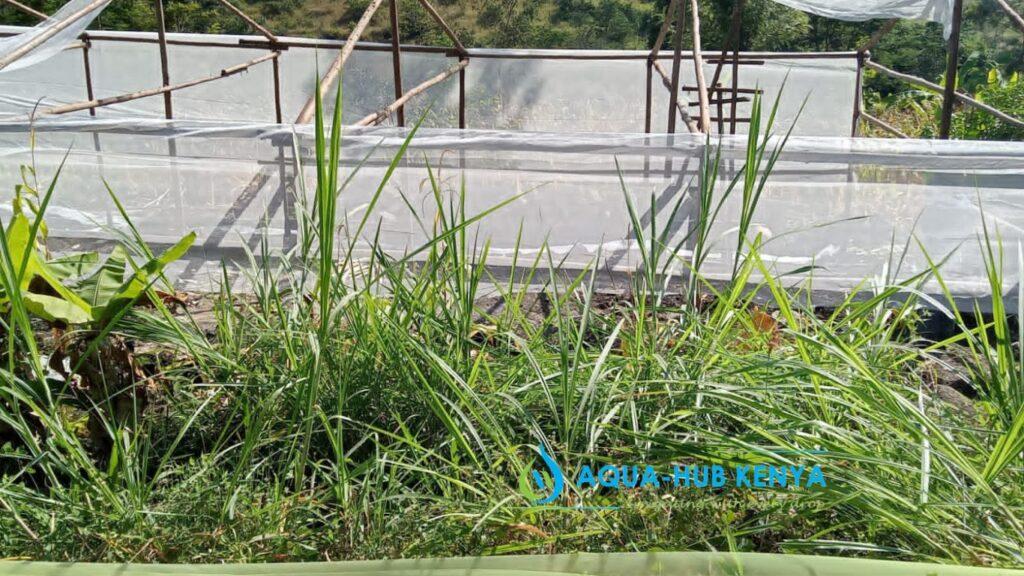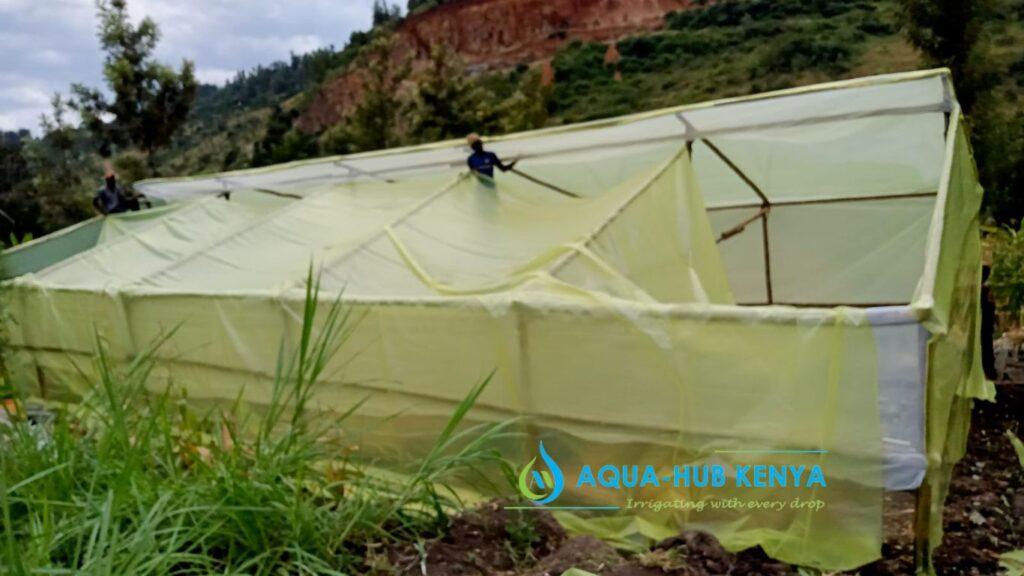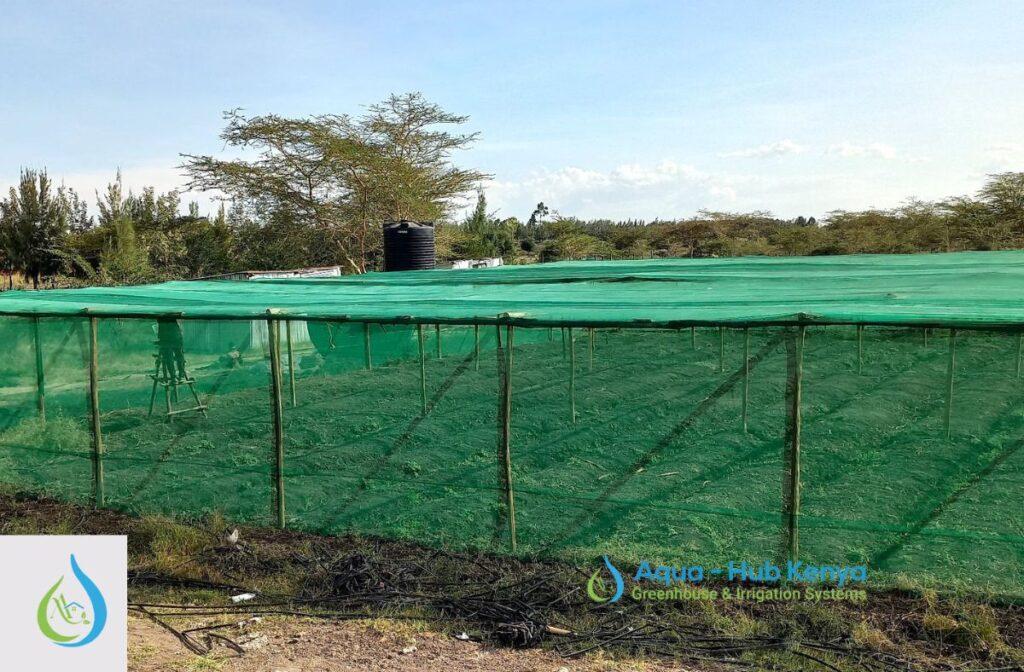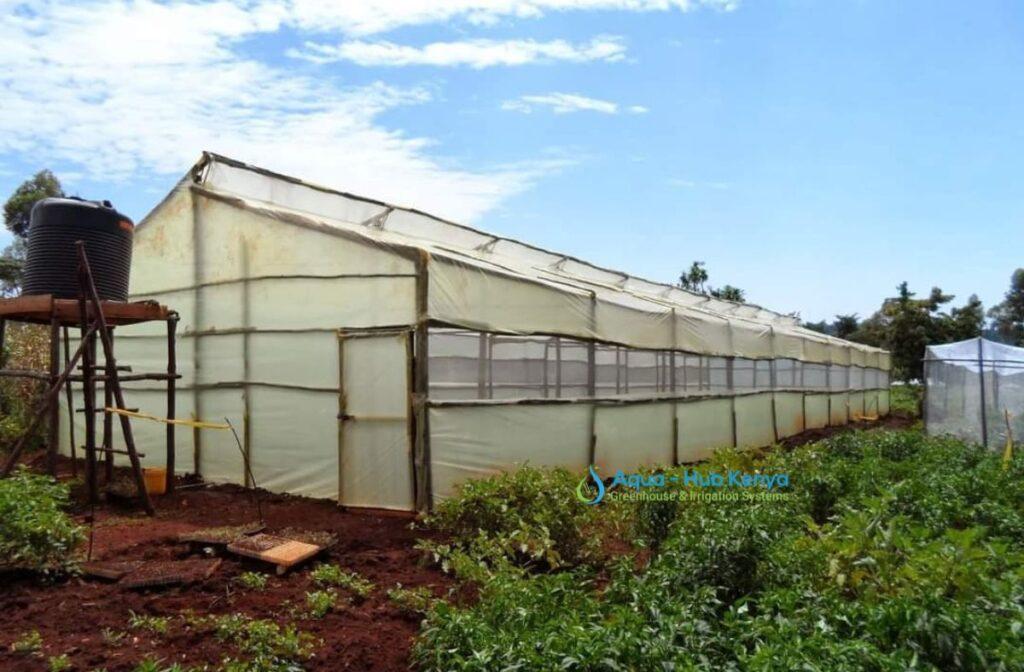Best Greenhouse and Irrigation Systems
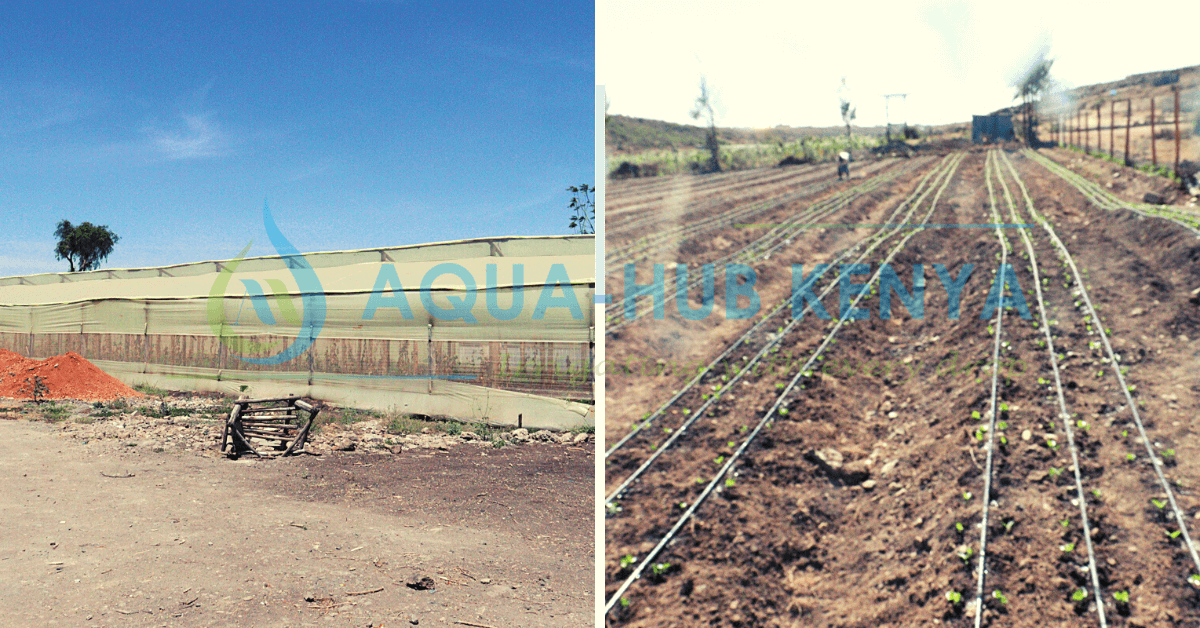
The best greenhouse and irrigation systems depend on the specific needs and requirements of the greenhouse operation. We have the best greenhouses and irrigation systems that are suitable for all your farming. We have both wooden and metallic greenhouses. The greenhouses are of the best quality and are very affordable. We also have all the irrigation systems that you might need. The irrigation systems are modern, affordable and of high quality.
Best Greenhouse and Irrigation Systems
The best irrigation and greenhouse systems are determined by the particular needs and specifications of the greenhouse business. Some factors to consider when choosing a greenhouse and irrigation system include:
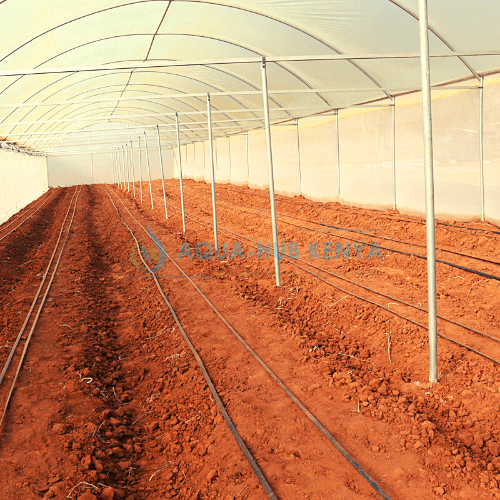
- Climate control: Greenhouses require a controlled environment for optimal growth, so it’s important to choose a system that can regulate temperature, humidity, and light levels.
- Water management: Irrigation is an important aspect of greenhouse cultivation, so it’s important to choose a system that is efficient, automated, and able to accurately control water levels and distribution.
- Size and layout: The size and layout of the greenhouse will determine the type of irrigation system that is suitable. For larger greenhouses, a central irrigation system may be more efficient, while smaller
- Crop type: Different crops have different water requirements, so it’s important to choose an irrigation system that can accommodate the specific needs of the crops you are growing.
- Budget: Greenhouse and irrigation systems can vary widely in cost, so it’s important to choose a system that fits within your budget while still meeting your needs.
The ideal greenhouse and irrigation system for your business will ultimately depend on your unique demands and specifications. So it is advisable that you speak with professionals and conduct research to find the system that is perfect for you. We have the greatest professionals at Aqua Hub Kenya who can advise you.
Greenhouses in Kenya
Greenhouses are becoming increasingly popular in Kenya as a way to improve crop yields and extend the growing season. The use of greenhouses in Kenya offers a number of benefits, including:
- Improved crop yields: By creating a controlled environment, greenhouses can improve crop yields and quality, allowing farmers to grow crops that might not be possible in the open field.
- Extended growing season: Greenhouses allow farmers to extend the growing season, as they can protect crops from extreme weather conditions and maintain a stable, favorable growing environment.
- Pest and disease control: Greenhouses can help farmers control pests and diseases, reducing the need for harmful chemical pesticides and increasing the overall health of crops.
- Water conservation: Greenhouses can help farmers conserve water, as they allow for more efficient and controlled use of water resources.
- Increased profitability: By improving crop yields, extending the growing season, and reducing the need for chemical inputs, greenhouses can help farmers increase their profitability.
However, despite these benefits, the cost of setting up and maintaining a greenhouse can be a barrier for many farmers in Kenya. It is important to carefully consider the costs and benefits of greenhouse cultivation and to seek out sources of support and funding, such as grants, loans, and technical assistance programs.
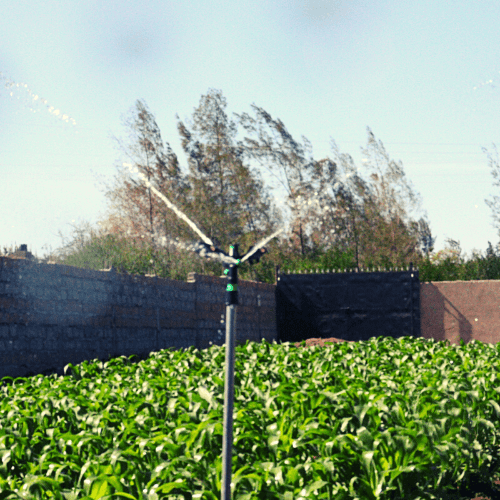
Best Irrigation Systems in Kenya
In Kenya, there are several irrigation methods that farmers can use to water their crops, depending on the type of crop, the scale of operation, and local conditions. Some of the best-known irrigation methods in Kenya include:
- Drip irrigation: Drip irrigation is a highly efficient method of watering crops. In which delivery of water is directly to the roots of the plants in small quantities. This method is suitable for small-scale farmers and is particularly effective in arid regions.
- Sprinkler irrigation: Sprinkler irrigation involves the use of a network of pipes and sprinklers to distribute water evenly over a field. This method is well suited to large-scale farms and is often used for crops such as maize and sugarcane.
- Flood irrigation: Flood irrigation involves flooding a field with water and letting it soak into the soil. This method is often applicable for crops such as rice and is suitable for low-lying areas.
- Micro-irrigation: Micro-irrigation involves the use of small-scale systems, such as drip or trickle irrigation, to water crops. This method is suitable for small-scale farmers and is particularly effective in arid regions.
When choosing an irrigation method in Kenya, it’s important to consider factors such as the size of your operation, the specific crops you will be growing, the local climate and weather conditions, and your budget. It’s also a good idea to consult with experts and do research to determine the best irrigation method for your needs.

